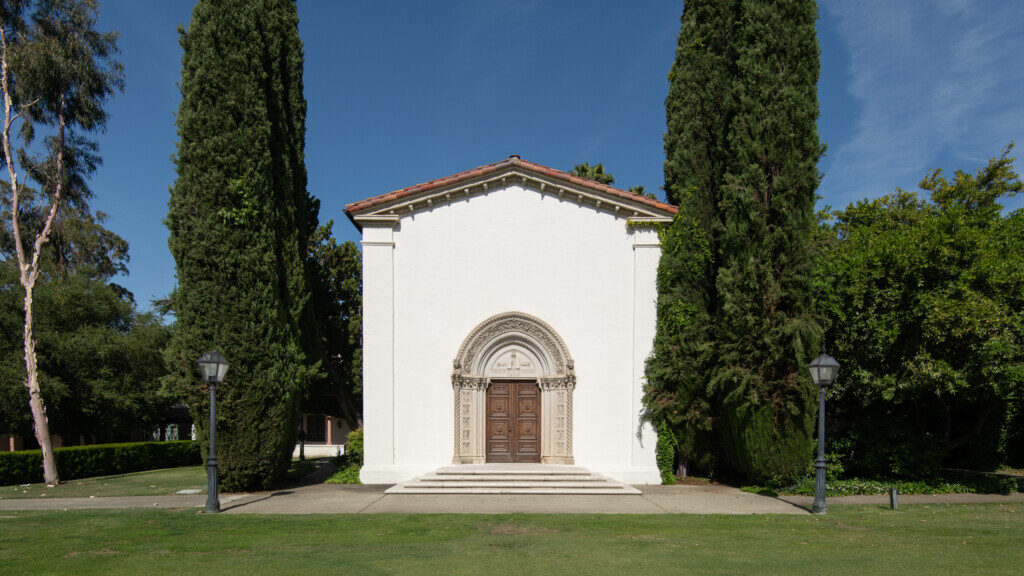Google is a very versatile company with one of the best search engines in the world – so much so that you don’t search something, you Google it. Google also has a number of tools that most people are familiar with: Google Drive (formerly GoogleDocs), Gmail, Google+, Google Maps, Google Earth, Google Translate, and Google Books are some of the most commonly used ones. If you go to Google.com, you’ll find a list of services across the top of the window. At the far right of that list, there’s a link to More, and from there a link to Even More. And yet there are some tools that aren’t even on the Even More list.
A history professor introduced me to the Google Cultural Institute. You can see what the site has to offer with the Explore tab. There are currently three channels on the site itself: Fall of the Iron Curtain, Stories of the Holocaust, and the French-German Treaty of Friendship. Each channel sends you to a series of exhibits you can examine in more detail. You can also search the Institute by decade, partner (this gives you a search result of what that partner has posted to the Institute), and projects sponsored by Google but not overtly part of the Google Cultural Institute.
Interested in why Google is sponsoring museums? A New York Times article has some insight into Google’s motives for creating the Google Cultural Institute. Museums and cultural institutes are pairing with Google to digitize their work and get it to a wider audience. For some involved museums, physical visitors have increased as a result of their online activities. Google has also been working hard (due to conflicts with authors over the Google Books tool) to be responsive to museums’ needs and to keep their involvement limited (projects are not overtly connected to Google).
By ITA, Hillary Shipps
